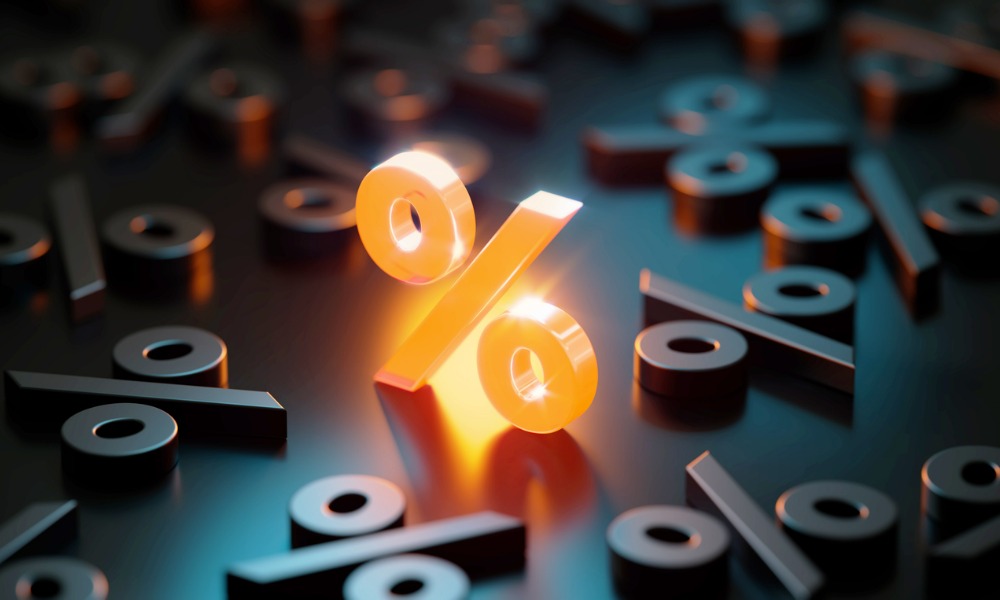The Bank of Canada (BoC) will likely be forced into hiking rates on June 7 because the upside risks to its inflation projections are materializing and the downside risks have begun to fade, says Jay Zhao-Murray, an FX analyst at Monex Canada. “The main upside risk is, of course, that progress on bringing inflation down is stalling,” he said.

The Bank of Canada (BoC) will likely be forced into hiking rates on June 7 because the upside risks to its inflation projections are materializing and the downside risks have begun to fade, says Jay Zhao-Murray, an FX analyst at Monex Canada. “The main upside risk is, of course, that progress on bringing inflation down is stalling,” he said.
On the downside, the main domestic and international risks are that falling house prices in Canada could trigger a wave of defaults and that turmoil in regional US banks could spill over to Canadian credit conditions and weigh on the domestic economy. “Both of these financial stability risks have receded, with housing finding a bottom and beginning to rebound, and US regulators stepping in to prevent further bank failures,” he said.
Aside from the changes to those key risks, a “staggering” array of indicators the bank has referenced have moved in the wrong direction in the fight against inflation. For instance, it has recently emphasized the output gap, arguing that excess demand needs to be eliminated to allow supply to catch up. Instead of cooling to the point of near-stagnation, the Canadian economy has consistently proved more resilient than the bank expected. In April, it revised its first quarter GDP forecast from 0.5% to 2.3%, yet now models point to 3% growth in the quarter which suggests the economy has even more excess demand than they had thought.



